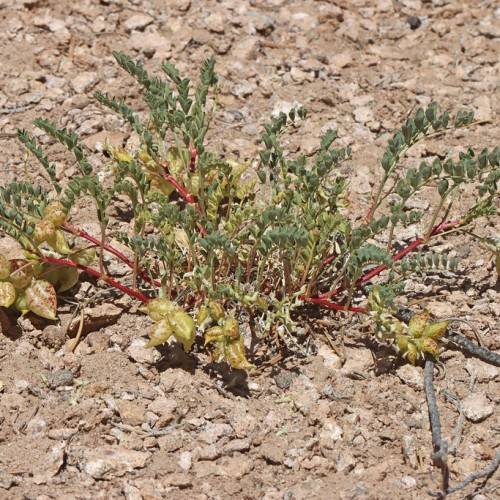
Salty Loco Milkvetch
Astragalus lentiginosus var. salinus
Also Known As - Sodaville MilkvetchWatering:
Frequent
Hardiness Zone:
Sun:
full sun,part shade
Fruits:
Fruits Ready In Summer
Leaf:
Yes
Growth Rate:
Low
Drought Tolerant:
Yes
Salt Tolerant:
Yes
Care Level:
Medium
watering
Rattle Milkvetch should be watered deeply but infrequently during the growing season (spring through summer). During this period, water the plant about once every 2 weeks or so, making sure to provide enough water to moisten the soil down to a depth of 8-10 inches. When watering, a slow trickle of water over the root zone is best. During the winter, the plant should not be watered since it is dormant.
sunlight
Rattle Milkvetch (Astragalus laxmannii var. tananaicus) prefer full sun for most of the day in order to thrive and produce flowers. In the hotter, more southern regions, they can tolerate partial shade for a few hours especially during the hottest, midday hours. In the northern areas, these plants should be given a full day’s worth of sunlight, typically between 6 and 8 hours.
pruning
Rattle Milkvetch (Astragalus laxmannii var. tananaicus) should be pruned in late winter or early spring. Prune each stem back to a height of 6 to 12 inches with the goal of preventing it from growing taller than that. The stems should be pruned back to a uniform height so that the plants will remain attractive and compact. Additionally, any dead or damaged stems should be pruned immediately. Pruning lightly several times a season will stimulate branch growth and flowering.
